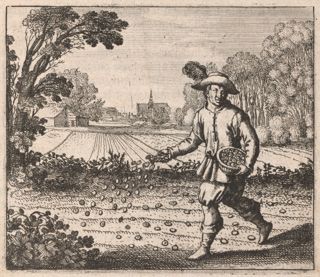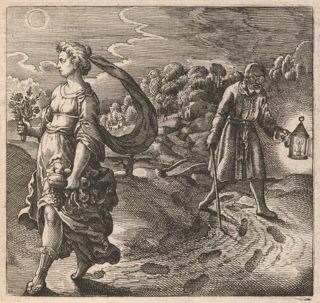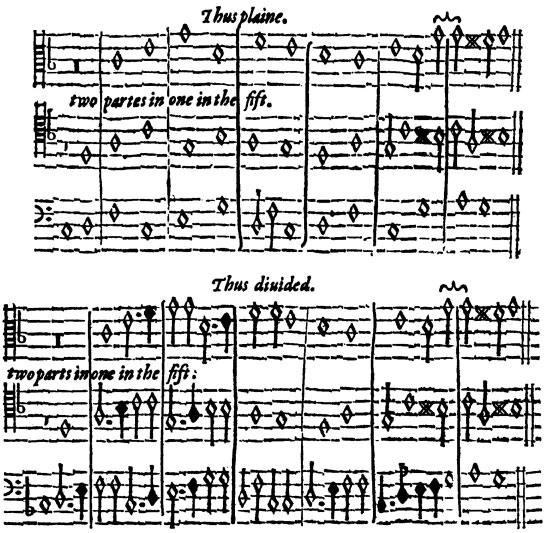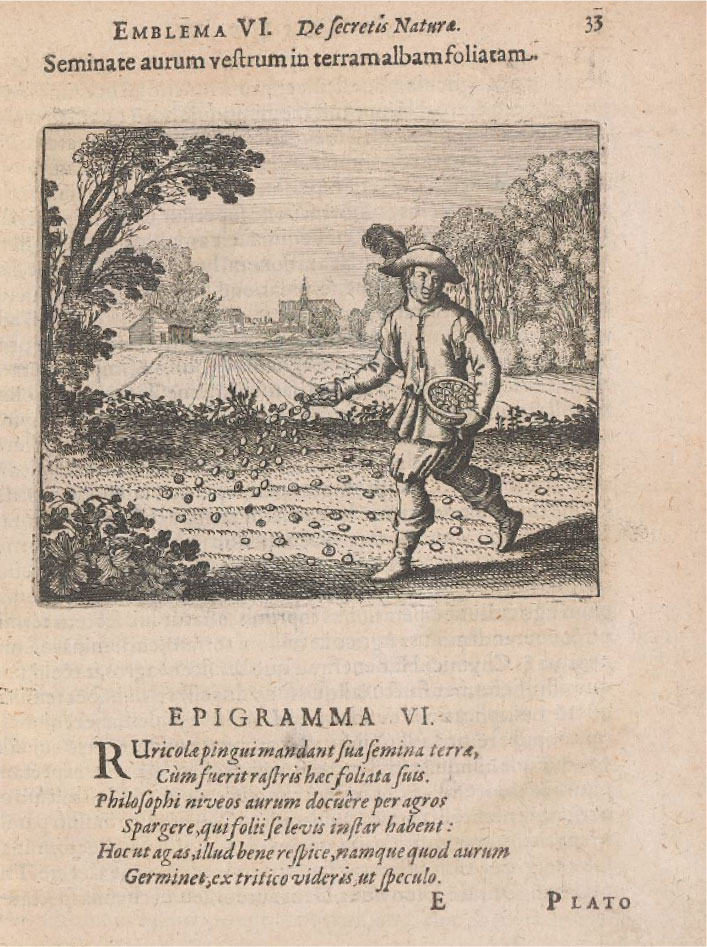Secondary Sources
Aplin, John. “The Survival of Plainsong in Anglican Music.” Journal of the
American Musicological Society 32, no. 2 (1979): 247–75.
Benham, Hugh. Latin Church Music in England c. 1460–1575. London: Barrie and
Jenkins, 1977.
Bowers, Roger. “The Chapel Royal, the First Edwardian Prayer Book, and Elizabeth’s Settlement of Religion, 1559.” Historical Journal 43, no. 2 (2000): 317–44.
Bowling, Lewis Pascal. “A Transcription and Comparative Analysis of Diverse and
Sundry Waies of Two Parts in One (1591) by John Farmer.” DA diss., University of Northern
Colorado, 1982.
Collins, Denis. Canon in Music Theory from c. 1550 to c. 1800. Ann Arbor,
MI: University of Michigan Dissertation Information Service, 1993.
“Sufficient to Quench the Thirst of the Most Insaciate Scholler Whatsoever: George Waterhouse’s 1,163 Canons on the Plainsong Miserere.” In Canons and Canonic Techniques, 14th–16th
Centuries: Theory, Practice, and Reception History: Proceedings of the International Conference, Leuven 4–6
October 2005, edited by Katelijne Schiltz and Bonnie J. Blackburn, 407–20. Leuven, Belgium: Peeters,
2007.
“‘So You Want to Write a Canon?’ An Historically-Informed New Approach for the Modern Theory Class.” College Music Symposium 48 (2008): 108–23.
Daniel, Ralph T. “Contrafacta and Polyglot Texts in the Early English Anthem.” In Essays in Musicology: A Birthday Offering for Willi Apel, edited by Hans Tischler, 101–6. Bloomington, IN:
Indiana University School of Music, 1968.
Danner, Peter K. “The Miserere Mihi and the English Reformation: A Study of the Evolution of a Cantus Firmus Genre in Tudor Music.” PhD diss., Stanford University, 1967.
de Jong, H. M. E. Michael Maier's “Atalanta Fugiens”: Sources of an Alchemical Book of Emblems. Leiden: E. J. Brill, 1969.
Dirksen, Pieter. “Vater unser im Himmelreich: On Sweelinck and His German Pupils.” In Symbolic Scores: Studies in the Music of the Renaissance, edited by Willem Elders, 369–73. Leiden: E.
J. Brill, 1994.
Duffy, Eamon. The Stripping of the Altars. New Haven: Yale University Press, 2005.
Eijkelboom, Carolien. “Alchemical Music by Michael Maier.” In Alchemy Revisited: Proceedings of the International Conference on the History of Alchemy at the University of Groningen,
17–19 April 1989, edited by Z. R. W. M. von Martels, 98. Leiden: E. J. Brill, 1990.
Elders, Willem. “Canon and Imitation as Musical Images of the Three Divine Persons.” In Symbolic Scores: Studies in the Music of the Renaissance, edited by Willem Elders, 185–204. Leiden:
E. J. Brill, 1994.
Figala, Karin, and Ulrich Neumann. “Michael Maier (1569–1622): New Bio-Biliographical Material.” In Alchemy Revisited: Proceedings of the International Conference on the History of Alchemy at the University of Groningen,
17–19 April 1989, edited by Z. R. W. M. von Martels, 34–50. Leiden: E. J. Brill, 1990.
Flood, W. H. Grattan. “New Light on Late Tudor Composers: XV. John Farmer.” Musical Times 67, no. 997 (1926): 219–20.
Gauldin, Robert. “The Composition of Late Renaissance Stretto Canons.” Theory and Practice 21 (1996): 29–54.
Gerbino, Giuseppe. Canoni ed enigma. Roma: Edizioni Torre d’Orfeo, 1995.
“Gli arcani più profondi dell’arte: presupposti teorici e culturali dell’artificio canonico nei secoli XVI e XVII.” Il saggiatore musicale 2, no. 2 (1995): 205–36.
Grimshaw, Julian. “Morley’s Rule for First-Species Canon.” Early Music 34, no. 4 (2006): 661–66.
Haigh, Christopher. “The Continuity of Catholicism in the English Reformation.” Past and Present 93 (1981): 37–69.
Hasler, Johann F. W. “Performative and Multimedia Aspects of Late-Renaissance Meditative Alchemy: The Case of Michael Maier’s Atalanta Fugiens (1617).” Revista de estudios sociales
39 (2011): 135–44.
Herissone, Rebecca. Music Theory in Seventeenth-Century England. New York: Oxford University Press, 2000.
Hughes, Andrew. “Continuity, Tradition and Change in English Music up to 1600.” Music and Letters 46, no. 4 (1965): 306–15.
Kelkel, Manfred. “A la recherche d’un art total: musique et alchimie chez Michael Maier: maniérismes et discours hermétique dans Atalanta fugiens (1617).” Analyse musicale: la musique
et nous 8 (1987): 49–55.
Kerman, Joseph. “Music and Politics: The Case of William Byrd (1540–1623).” Proceedings of the American Philosophical Society 144, no. 3 (2000): 275–87.
Knobloch, Eberhard. “Musurgia Universalis: Unknown Combinatorial Studies in the Age of Baroque Absolutism.” History of Science 17, no. 4 (2016): 258–75.
Leibenguth, Erik. Hermetische Poesie des Frühbarock. Die “Cantilenae intellectuales” Michael Maiers. Edition mit Übersetzung, Kommentar und Bio-Bibliographie. Berlin: Max Niemeyer Verlag, 2002.
https://www.degruyter.com/view/product/159871.
Liessem, Franz. Musik und Alchemie. Tutzing: H. Schneider, 1969.
Ludwig, Loren. “‘Marketh It Well’: Bathe’s Table and Experimental Practice.” Paper presented at the American Musicological Society Conference, Vancouver, BC, Nov. 2016.
Meinel, Christoph. “Alchemie und Musik.” In Die Alchemie in der europäischen Kultur- und Wissenschaftsgeschichte, edited by Christoph Meinel, 201–7. Wiesbaden: Harrassowitz, 1986.
Milsom, John. “Songs, Carols and ‘Contrafacta’ in the Early History of the Tudor Anthem.” Proceedings of the Royal Musical Association 107 (1980): 34–45.
Monson, Craig. “Byrd, the Catholics, and the Motet: The Hearing Reopened.” In Hearing the Motet: Essays on the Motet of the Middle Ages and Renaissance, edited by Dolores Pesce, 348–74.
Oxford: Oxford University Press, 1997.
Morris, Robert D. “The Structure of First-Species Canon in Modal, Tonal and Atonal Musics.” Intégral 9 (1995): 33–66.
Newman, William R., and Lawrence M. Principe. Alchemy Tried in the Fire: Starkey, Boyle and the Fate of Helmontian Chymistry. Chicago: University of Chicago Press, 2002.
Ó Mathúna, Seán P. William Bathe, S.J., 1564–1614: A Pioneer in Linguistics. Amsterdam: J. Benjamins, 1986.
Raasveld, Paul P. “Michael Maiers Atalanta fugiens (1617) und das Kompositionsmodell in Johannes Lippius’s Sunopsis musicae novae (1612).” In From Ciconia to Sweelinck: donum natalicium
Willem Elders, edited by Albert Clement and Eric Jas, 355–68. Amsterdam: Rodopi, 1994.
Rainbow, Bernarr. 1982. “Bathe and His Introductions to Musicke.” Musical Times 123, no. 1670 (1982): 243–47.
Rivera, Benito V. German Music Theory in the Early 17th Century: Treatises of Johannes Lippius. Rochester, NY: University of Rochester Press, 1996.
Sleeper, Helen Joy. The Alchemical Fugues in Count Michael Maier’s “Atalanta Fugiens.” Easton, PA: Section of Chemical Education, American Chemical Society, 1938.
Streich, Hildemarie. “Introduction: Music, Alchemy and Psychology in Atalanta Fugiens of Michael Maier.” In Atalanta Fugiens: An Edition of the Fugues, Emblems and Epigrams, by Michael
Maier, translated by Jocelyn Godwin, 19–89. Grand Rapids, MI: Phanes Press, 1989.
Tilton, Hereward. The Quest for the Phoenix: Spiritual Alchemy and Rosicrucianism in the Work of Count Michael Maier (1569–1622). Berlin: Walter de Gruyter, 2003.
Ward, Bernard Mordaunt. The Seventeenth Earl of Oxford, 1550–1604, from Contemporary Documents. London: J. Murray, 1979.
Willis, Jonathan P. Church Music and Protestantism in Post-Reformation England: Discourses, Sites and Identities. Farnham, UK: Ashgate, 2010.
Woodfield, Ian. The Early History of the Viol. Cambridge: Cambridge University Press, 1984.
Wuidar, Laurence. Canons énigmes et hiéroglyphes musicaux dans l’Italie du 17e siècle. Brussels: Peter Lang, 2008.
Wulstan, David. Tudor Music. Iowa City: University of Iowa Press, 1986.



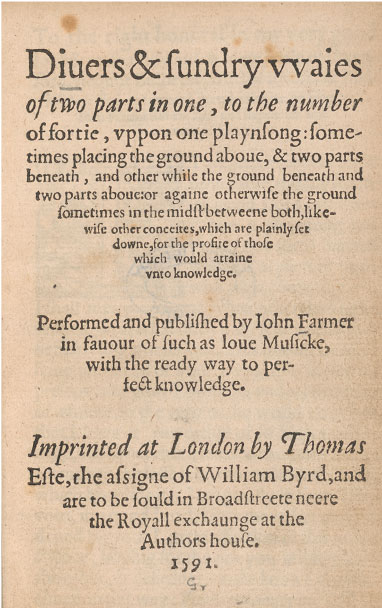
 Farmer’s “Sundry Waies”
Farmer’s “Sundry Waies”
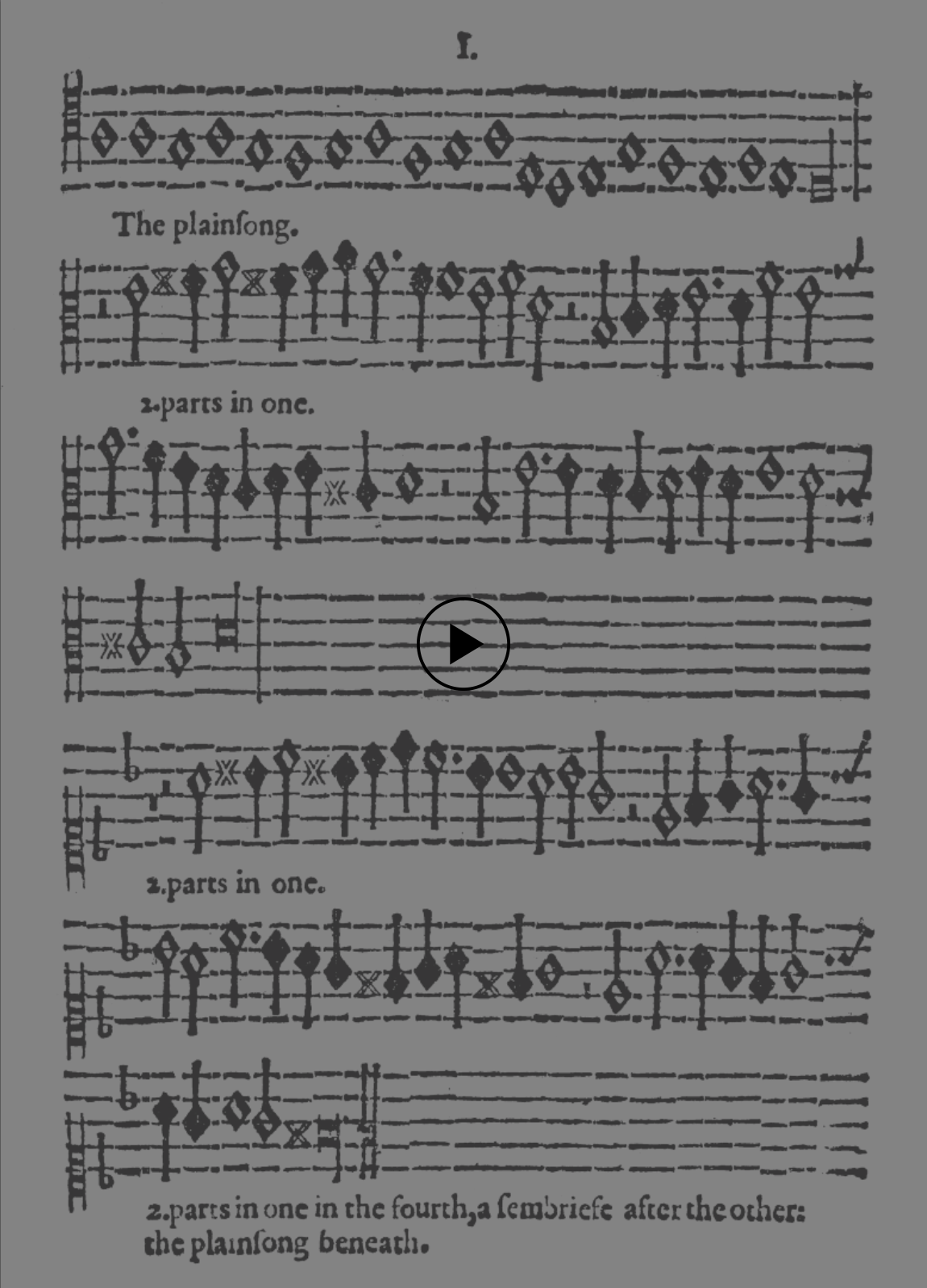
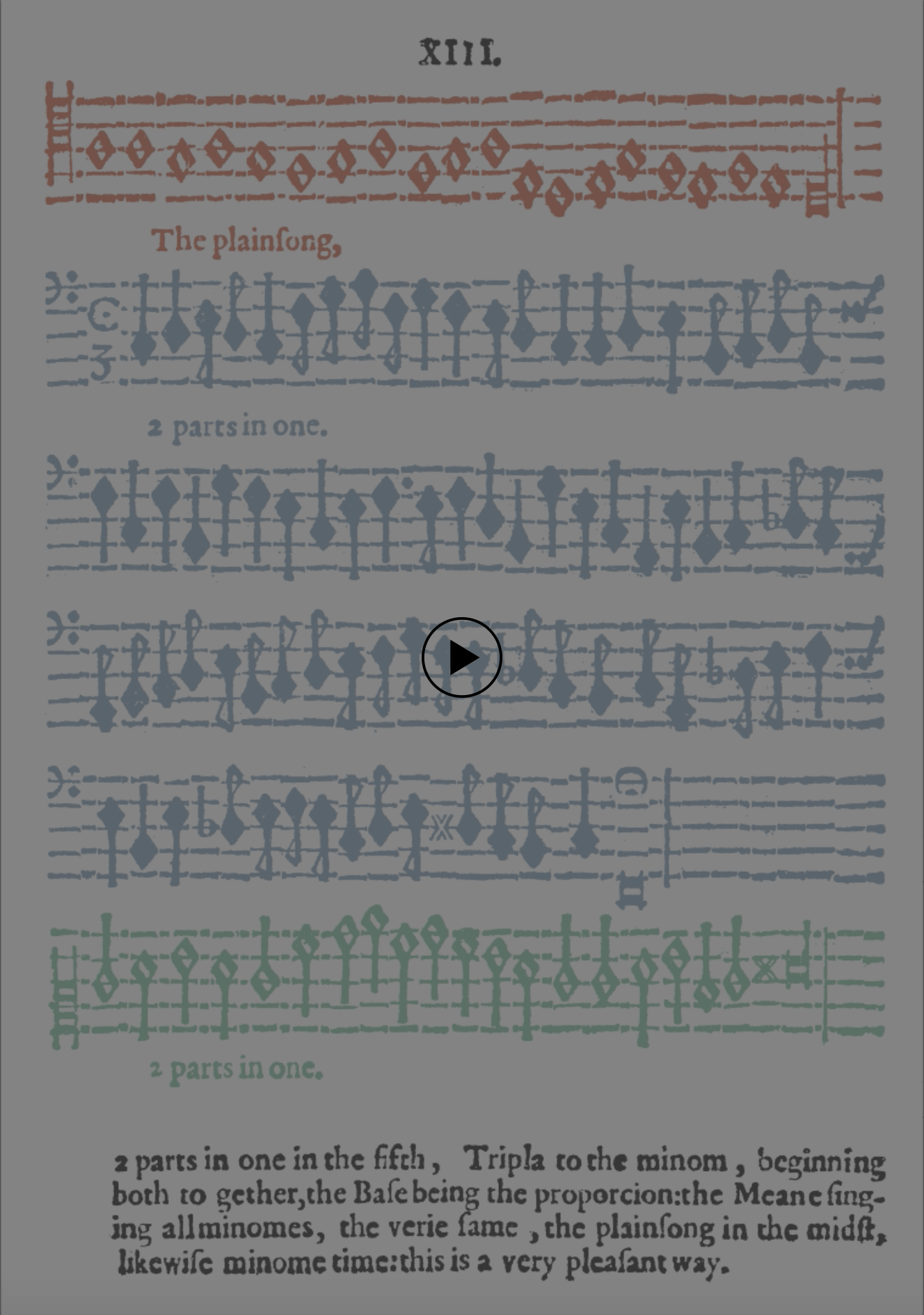
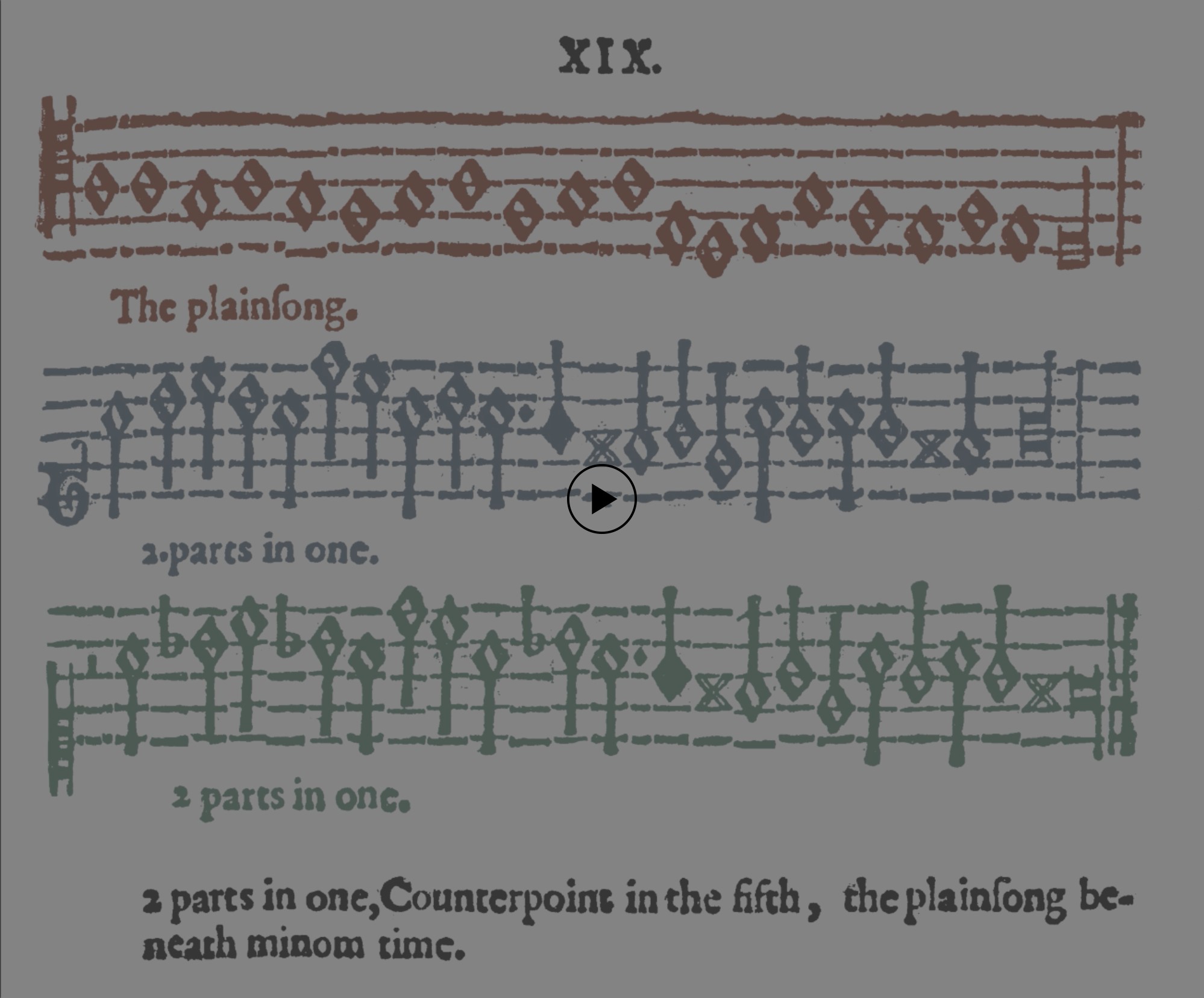
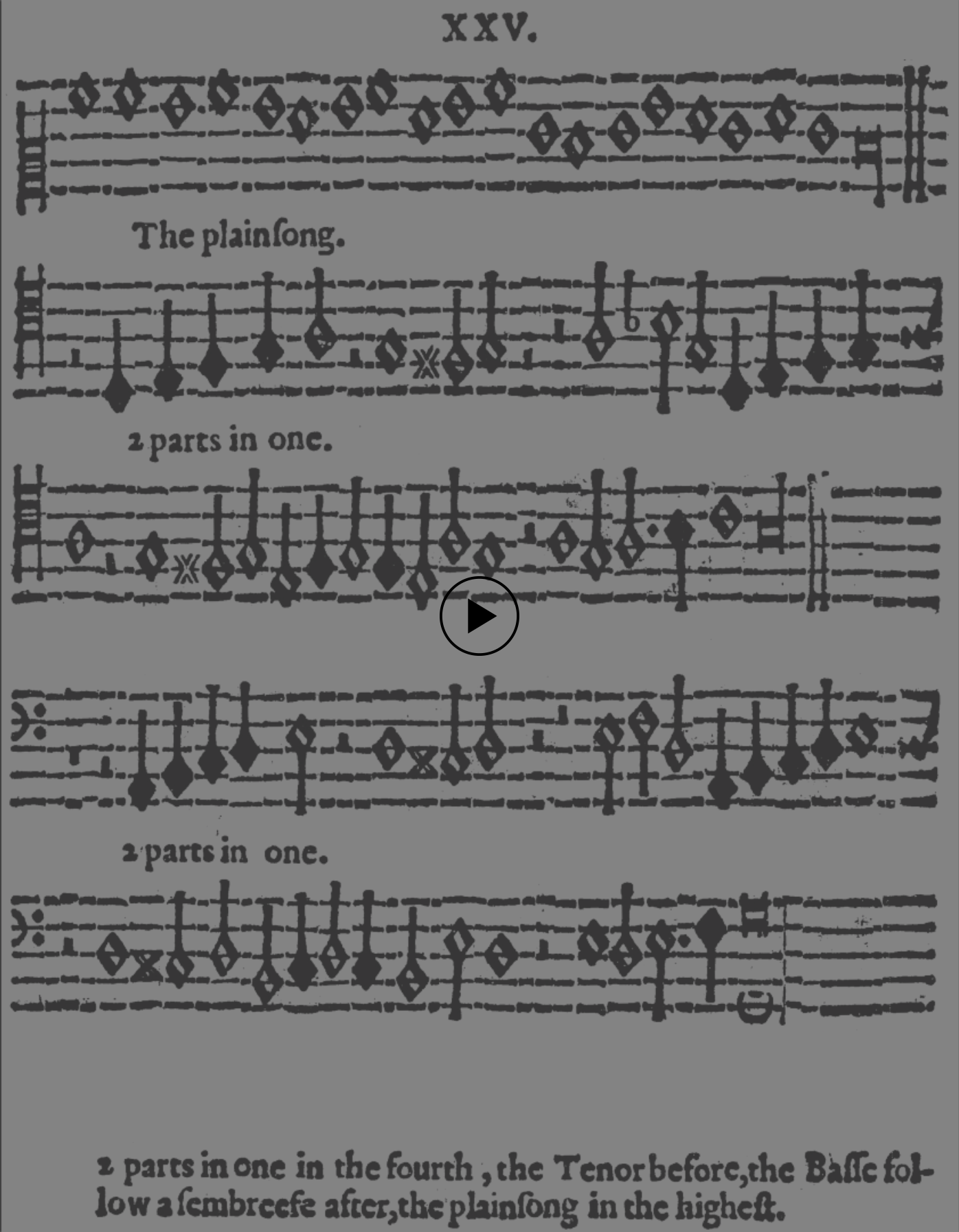

 Waies 19–40
Waies 19–40
